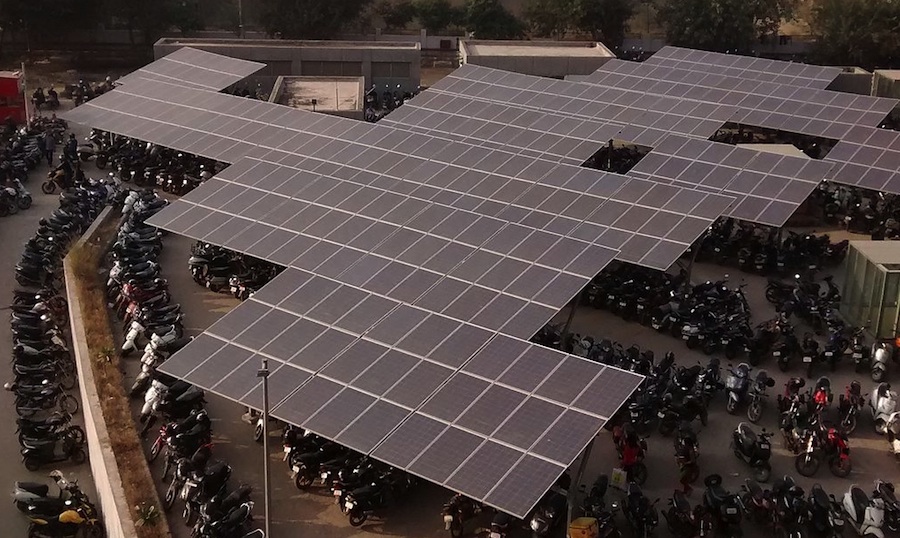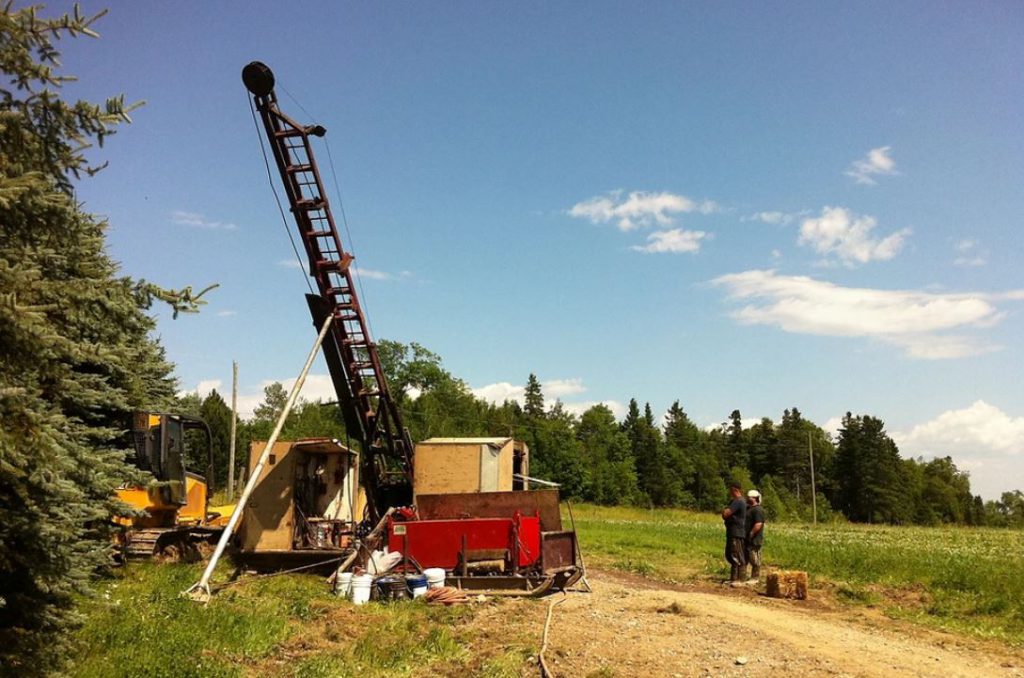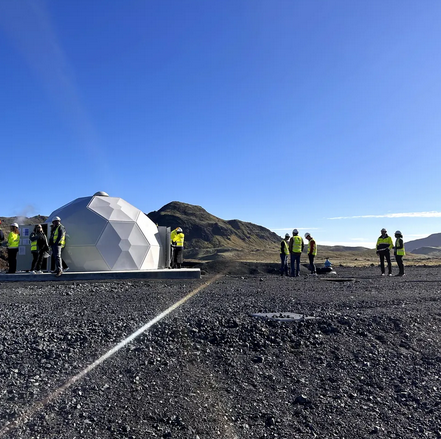Did Google just tackle the biggest problem in energy?

Any news about energy storage advancement is bound to make a splash. After all, storage is the main stumbling block for renewable energy—data from Bloomberg New Energy Finance reveals that over the first six months of 2017, California lost more than 300,000 MW of solar and wind power because there was no storage capacity. China is losing about 17 percent of its renewable power because it can’t store all of it either. On top of that, Bloomberg notes, utilities are shunning renewable energy because of the intermittent nature of solar and wind power generation.
Energy storage is essential for the viability of renewables, leaving pioneers in the industry desperately searching for the only path toward increasing the presence of renewables in the energy market: finding suitable storage solutions.
And to that end, there has been a string of new projects in the energy storage department. Last month, Tesla said it was starting to build the largest lithium-ion storage system in the world in Australia. Later that month, Siemens and AES announced a joint venture—Fluence—which will focus on energy storage system development and marketing.
Now, Alphabet, Google’s parent, is joining the party with an alternative to the lithium-ion battery systems. Its Malta project, led by the X research lab of the company, is working on a prototype of a system that uses salt and a hydrocarbon fluid, such as antifreeze, to transform electricity into air and vice versa. If that sounds a bit vague, Bloomberg’s Mark Bergen has provided a more detailed explanation:
“Two tanks are filled with salt, and two are filled with antifreeze or a hydrocarbon liquid. The system takes in energy in the form of electricity and turns it into separate streams of hot and cold air. The hot air heats up the salt, while the cold air cools the antifreeze, a bit like a refrigerator. The jet engine part: Flip a switch and the process reverses. Hot and cold air rush toward each other, creating powerful gusts that spin a turbine and spit out electricity when the grid needs it.”
It sounds simple, and it also sounds cheap, which is a top priority in energy storage systems to make them commercially viable on a wide enough scale. Yet this X prototype seems to be in the preliminary stages of development, and years may pass before it’s market-ready.
Meanwhile, other alternatives are popping up, too. Earlier this year, a new battery that uses glass instead of liquid electrolytes received well-deserved media coverage. According to the researchers who developed it, the battery has at least three times the energy density of other lithium-ion batteries, and it has a longer life cycle (a minimum of 1,200 charge-discharge cycles), and it charges more quickly—in minutes instead of hours. On top of all of this, the low-cost battery—yes, it’s cheap—can work in both subzero temperatures (-20 degrees Celsius) and major heat (60 degrees Celsius).
Then there is VIZn Energy’s utility-scale zinc-iron flow battery that—the company said last month—offers energy storage at a rate of only US$0.04 per kWh of energy. The low price was made possible by the longer lifespan of zinc-iron flow batteries, which can be up to 20 years. Yet there is a catch with this price: it only refers to storage systems yet to be paired with solar and wind generation capacity; that is, storage systems that qualify for the Investment Tax Subsidy.
New energy storage system solutions will no doubt continue to make headlines as utilities, battery makers, and research labs scurry to grab a piece of a market pie that BNEF estimates could hit US$40 billion in investments by 2024. Already investments in energy storage are rising sharply. Just VC investments in the segment in the first half of this year reached US$480 million, up from just US$179 million a year earlier. Energy storage is the next stage in the renewables evolution, and it will be drawing even more attention in the future.
By Irina Slav for Oilprice.com
More News
PDAC Video: Blue Lagoon preps for July gold production start in British Columbia
April 11, 2025 | 02:46 pm
Manganese X poised to begin pre-feasibility study at Battery Hill
April 11, 2025 | 02:39 pm
{{ commodity.name }}
{{ post.title }}
{{ post.date }}




Comments